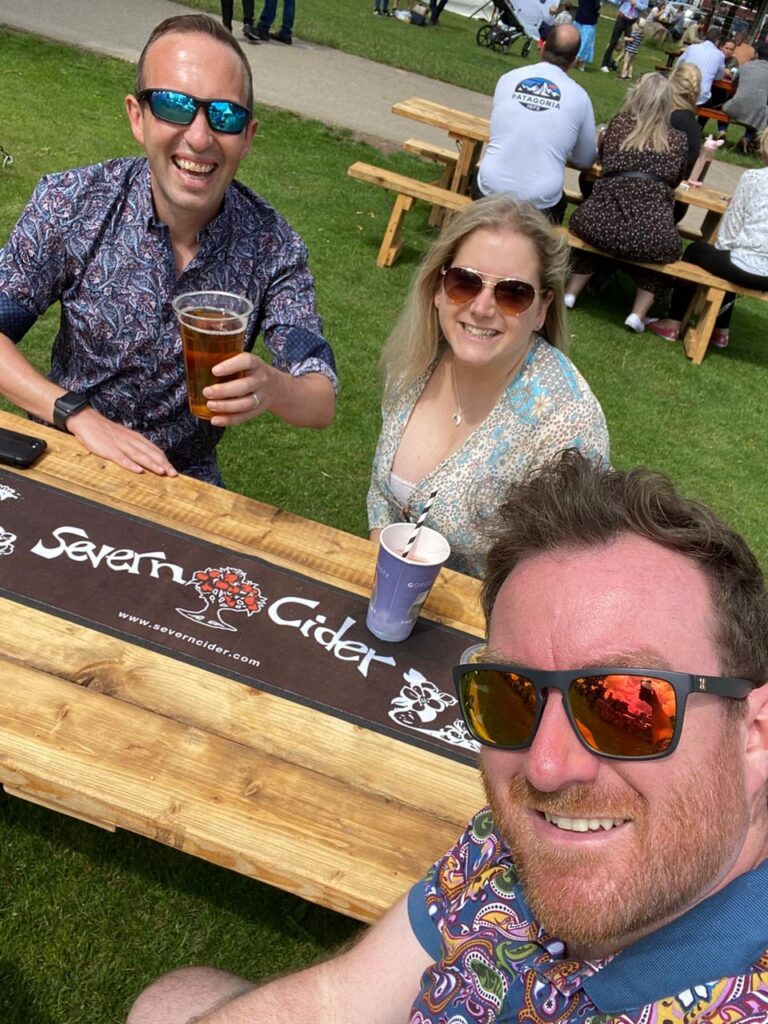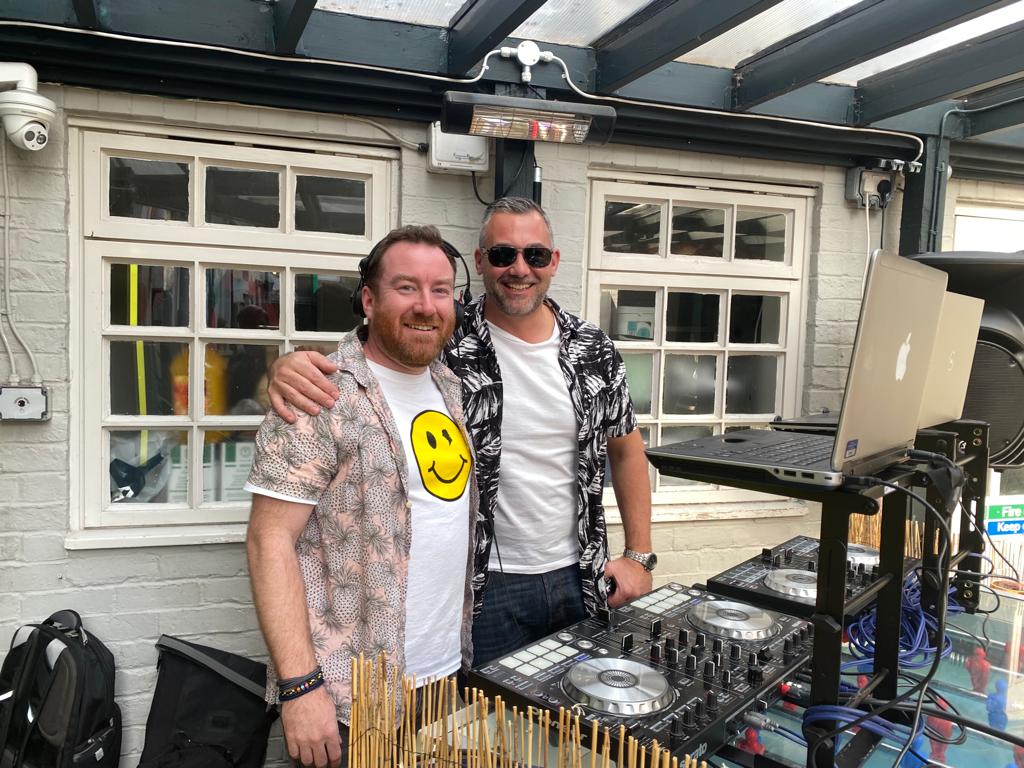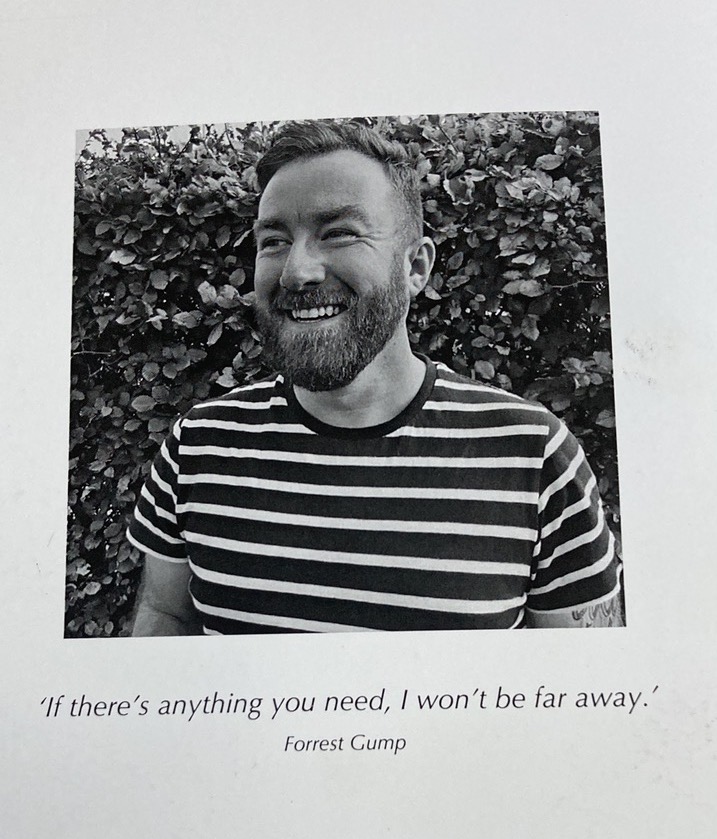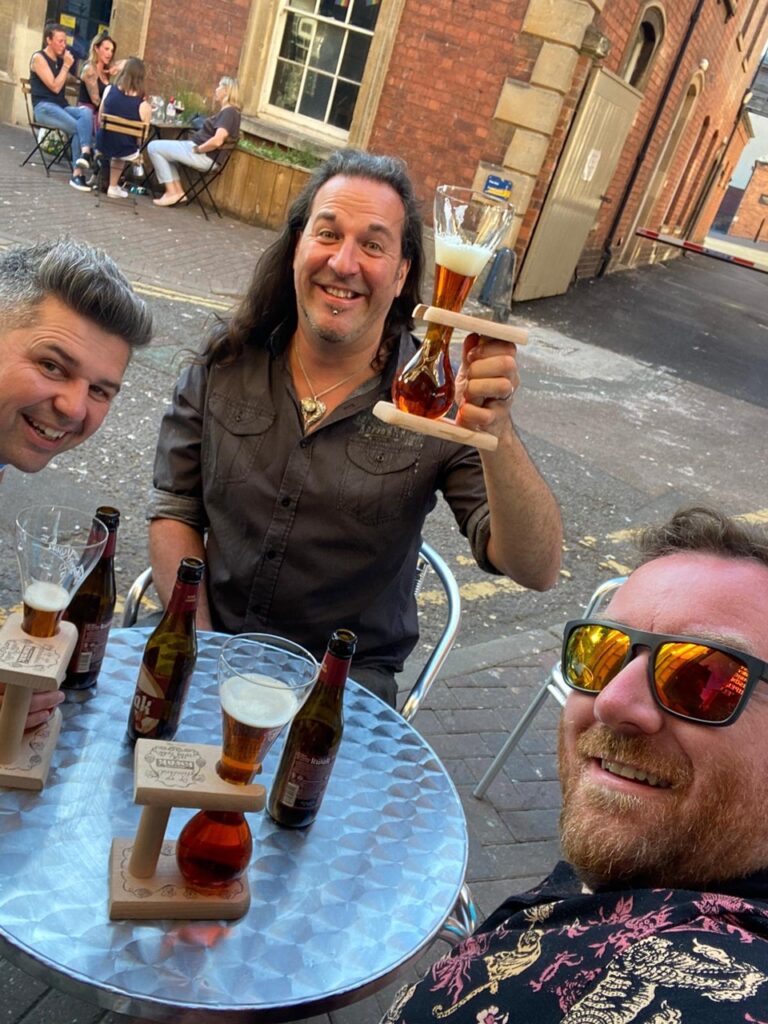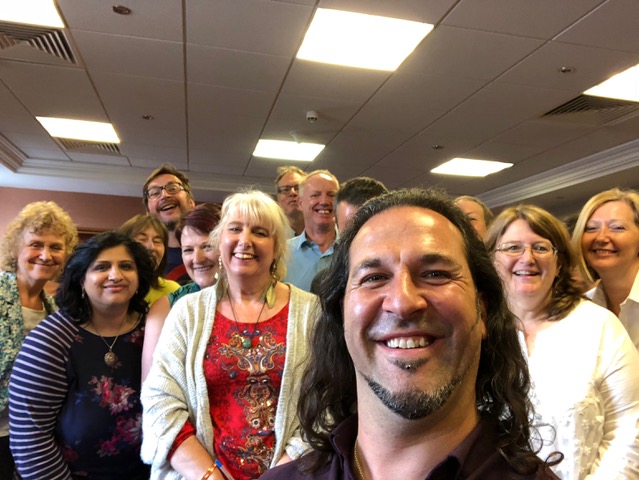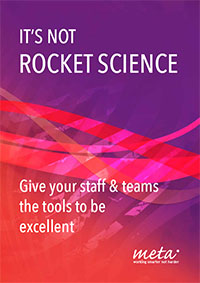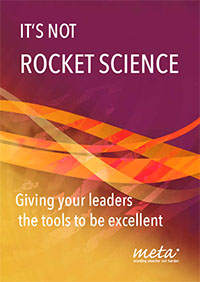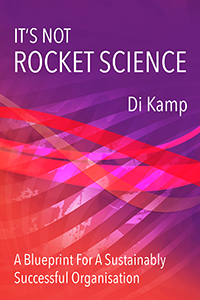WHAT DO YOU WANT TO GROW AND FLOURISH IN YOUR ORGANISATION?
Today I want to talk about the big C-word. No, not THAT C-word, and NO definitely not THAT C-word! I’m talking about Culture, a word which organisations are always banging on about as important but seem to do very little to actually make it a priority or reality.
Your people matter. You know that, I know that, but what do you do to make sure that your people KNOW they matter? What do you do to make sure that your people have the right working environment and ways of working that make them feel loyalty and love (yes LOVE) for their work (and, by extension, for your organisation?)
That’s where the BIG C-word comes in, because Culture is where it’s all at. Culture is what makes the difference, but the problem is, most organisational leaders don’t know what to do to create the right culture, and certainly in today’s busy workplaces, they don’t find they have the time to give it the attention they know, in their heart of hearts, it deserves.
Culture is one of those big, important, but often misunderstood words in the organisational lexicon. So, what DOES it mean?
Well, as you know, we do at Meta love us a bit of etymology (root meanings of words) and if you look it up CULTURE is taken from the Latin word ‘cultura’ – the same root of word as used in cultivate and agriculture.
‘creating an environment to encourage things to grow and flourish’
The metaphor I like to use when I’m doing workshops on team culture and organisational culture is that of the humble YOGHURT pot (it’s a good one as yes, yoghurt is a live culture!)
If you take some milk, a little live bacterial culture and create the right environment for it (a nice warm place), then magic happens (with a little patience and time) and you get some tasty yoghurt.
However, if you don’t pay attention to your yoghurt, if you leave it a little too long..
Well, we’ve all done it haven’t we? We’ve reached into the fridge for the pot of yoghurt and realised, as we peel back the lid, that to our horror, this is the OLD yoghurt pot that we forgot about!
And what does it look like? Well, it certainly doesn’t look appetising anymore – it’s green, furry and mouldy! It’s totally gone off.
What was a thriving culture, has gone bad.
I know it’s not a perfect metaphor, but it usually raises a chuckle in the leadership teams I work with, because we have all had that experience. And that’s precisely what happens with our approach to organisational and team culture. We pay it a bit of attention (normally because the executive leaders at the top table have gone away for an awayday and come back with some new organisational values, or HR has decided to do some cultural work off the back of some poor staff survey results) and then, after a few focus groups, posters are put up on walls, some new lanyards are designed, mugs and screensavers are created with the values written all over them, and it’s tick box, cultural work done!
Then, we forget about it again. We forget that, actually, the culture needs more than just a short-term fix. It needs attention, it needs tending to, it need encouraging, it needs reinforcement, it needs more than just a few people to own it to make it happen. It takes real time to ensure that we have the RIGHT things flourishing and growing!
Now I get it, it’s hard to justify extensive cultural development in today’s profit driven business world. But as the legendary business guru Tom Peters says in his newest (and sadly last) book – “Excellence Now: Extreme Excellence”:
“ – People’s engagement and growth really first.
- Leaders who put creating and maintaining a caring and spirited and equitable culture really first.
- Now.
- I would remind you that the data unequivocally says that ‘people first’ – concern for the organisational and community health and producing products and services that matter is far and away the most effective bottom-line business practice there is.”
Tom Peters knows his stuff. He’s been doing this for longer than I’ve been on the planet (I’m nearly 50). This apparently ‘soft stuff’ this ‘cultural stuff’ is really important, and it’s going to become more and more important as the workforce generation moves towards being a majority of Millennial and Gen Z employees.
Gen Z, especially, are a fickle bunch, and I mean that with all the love in the world. They don’t do ‘corporate’, they don’t do ‘the big career’, they don’t care about how it’ll ‘look on their CV’, they don’t have much loyalty… UNLESS you create an environment (culture) in which they feel valued and appreciated. A culture where they feel that they’re learning, growing, and recognised. A culture where they can see that they’re making a difference somehow and, that they’re doing something worthwhile.
Almost ALL of those things can be classed under one organisational imperative – YOUR CULTURE!
In a world where attracting the right staff and retaining the right staff is getting increasingly more difficult, in a world where there’s more long-term sickness than there has ever been, it’s vital for the future success of your organisation to start paying real attention to your ORGANISATIONAL CULTURE.
Why? Because if you get it right – not only will your people grow and flourish but, as result, your organisation will grow and flourish too! (And yes, I mean even on the bottom-line and in hard data measurables).
It’s not just Gen Z, it’s all your people, whatever generation they were born in. Right now, people are crying out for a little attention, a little development, and to be working in a great working environment, and to contribute to a great organisational culture.
And there’s the key – culture is not something that should be dictated from on high from the C-suite executives (no pun intended), it’s something that should be created, contributed to, nurtured, and tended to by everyone.
An organisation is a living system, and if you want that system to be efficient, effective and productive, then you need to ensure that the environment, the culture, is one that allows those things to flourish.
When I say your organisation is a living system; The LIVING part of your system, the most IMPORTANT part of your organisation, IS your people.
This is where we hit up against one of the biggest BUSINESS MYTHS – that if you let your people co-create your culture, they will ask for the earth, and it will end up in anarchy and chaos.
I’ve been working in the field of cultural excellence for over 22 years, and I can tell you, people just want basic stuff. To be able to treat others and be treated themselves as human beings. Show them you’re serious about investing in them, and the culture and the return on your investment will be loyalty, dedication, productivity, quality, creativity and innovation.
When was the last time you asked your people (your organisation or your team – depending on what level leader you are reading this) how they wanted to work and what culture they’d like to see in your organisation or team?
Likelihood is that if you’ve ever asked that, it was probably a while ago, so now is a perfect time to revisit it. It’s much easier than you think – I promise!
It doesn’t take much investment, certainly far less than the last re-structure or new system rollout, or rebranding or management change, or that new operating model work you did in your organisation recently. And yes, it does take a little time, but we promise you it will transform your organisation into one that everyone LOVES, wants to come to work for, and wants to give of their best to.
So be you a team leader, director, exec or CEO, now is the time to start getting serious about your culture. Ask yourself these questions:
- What do you want to grow and flourish in your team, directorate or organisation?
- How do you want your people to feel when they’re working for you?
- What environment do YOU thrive in? What environment do you think your staff might thrive in?
- In an ideal world, what would be the type of working culture you’d like to see in your team/directorate/organisation?
- If you could wave a magic wand, what would you change about the culture you currently have?
Take some time over these questions, and don’t limit your thinking! Just because you’re not in tech or in media or design, doesn’t mean you can’t have an amazing culture. Don’t be limited by what you think is realistically possible in your organisation, think BIG, and dare to dream – that’s how the truly greatest leaders and organisations do it.
Then, when you’ve done your thinking, why not drop me a line and have a conversation about your cultural vision and we’ll happily share a few tips with you of how to make your vision a reality and get your team, your organisation, on the road to the destination of BEST PLACE EVER TO WORK.
That is, after all, a part of why Meta is here – to help you turn your cultural dreams into a practical reality.
Have a great month all.
In peace,
Jo Clarkson
CEO of META
jo@metapositive.com




